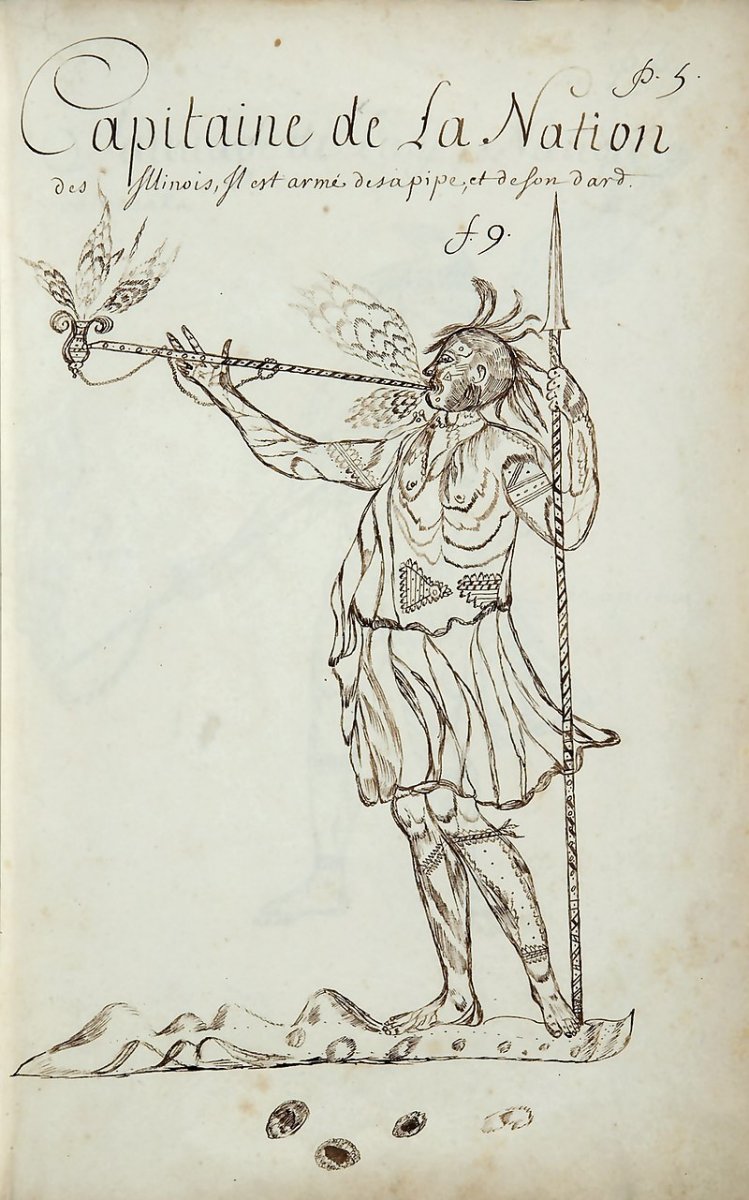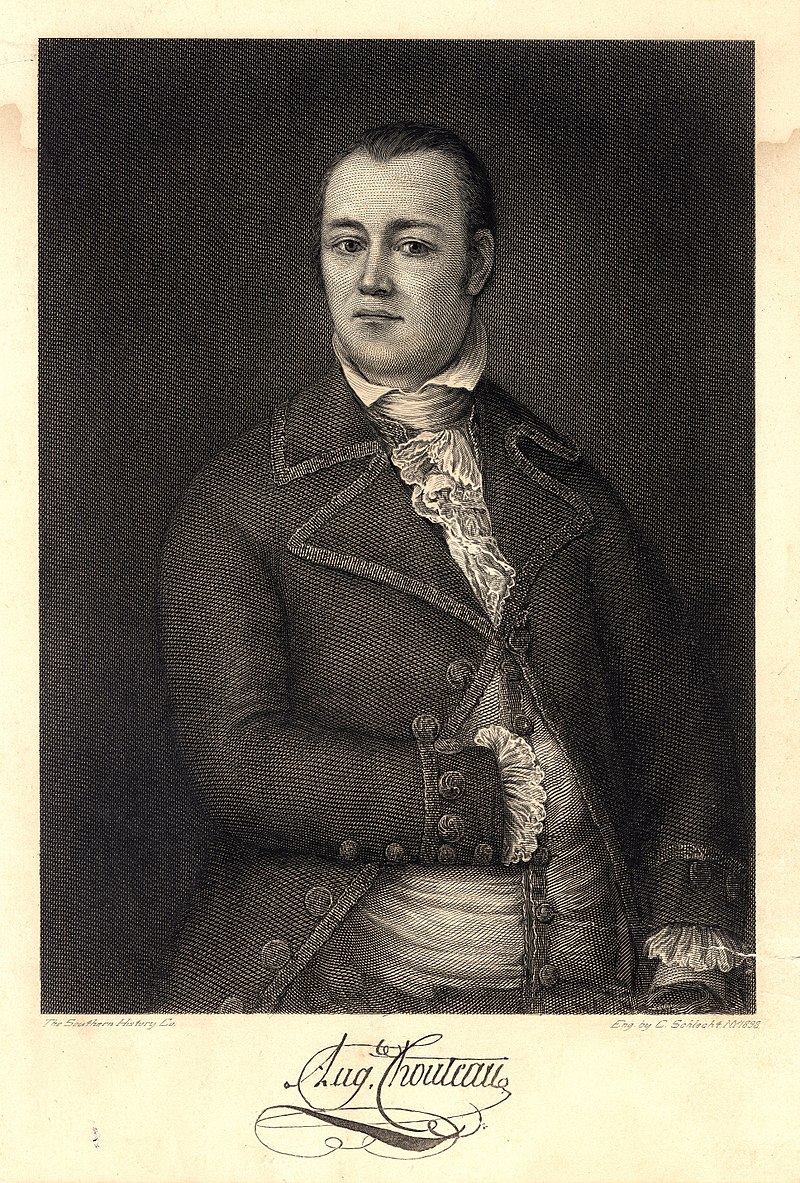Jacob Lee’s Masters of the Middle Waters traces warfare, conquest, trade, and diplomacy throughout Middle America from the fall of Cahokia to the rise of the United States. Taking aim at the “false dichotomy between Native peoples who built societies around kinship and Europeans who focused on race,” Lee argues that both Indigenous and Europeans along the Mississippi built their worlds around the politics of kinship diplomacy. Well before the arrival of Europeans, Indigenous peoples and nations in Middle America used marriage, adoption, and ceremony to form economic and political alliances. It was these same practices, Lee argues, that dictated their relationships with Euro-American peoples that entered the region.
Utilizing both archeological and ethnographic sources, Lee brings his reader back to a Middle America before Europeans, as commercial and military power shifted between Mississippian and Oneota (Ho-Chunk, Ioway, Missouria, and Otoe) peoples. That is until the seventeenth century, when the Illinois peoples (Lee argues they constitute a single nation) emerged from the east and, primarily through military conquest, exerted hegemonic power over the Central Mississippi and Illinois River Valleys. By controlling the riverways, the original paths for international trade in Native America, the Illinois were able to use their military strength to dominate the region economically. Although one must be cautious about relying too much upon archaeological evidence to tell a historical narrative, Lee is careful not to overstate the facts and to qualify his narrative when necessary.
In many ways, Masters of the Middle Waters works as a western counterpoint to Richard White’s description of the Great Lakes in The Middle Ground during the same period. Where White finds that Indigenous nations and French colonial officials were forced to create new ways for cultural and political mediation, Lee demonstrates that Francophones far away from the colonial centers instead depended upon Indigenous peoples and Indigenous political culture. While France, Spain, and England fought their imperial wars—ostensibly acquiring and ceding the Mississippi River Valley —in reality, the Illinois, Osage, Choctaw, and Chickasaw nations, among others, continued to control the region and its resources, requiring European colonists to maintain the bonds of kinship.

An Illinois Akima (Chief) smoking a Calumet Pipe used as part of an alliance ceremony
After this broad focus, Lee then shifts his attention onto the Chouteau trading family of St. Louis. By the turn of the 19th century, embrace of politics of kinship diplomacy enabled their economic and political relationship with Osage, Spain, and the United States. Strongly implying that this single family became the “Masters of the Middle Waters,” Lee argues that the Chouteaus are central to the relationship between the Osage and Spain, even possessing the power to hand-pick Osage leadership.
Following the Louisiana Purchase, Lee contends that the Chouteaus used their power and influence to broker land cessions between the Osage Nation and the United States for their own personal profit. As other historians have also found, despite efforts by tribal nations to bring the United States into the same political and social relationships that connected other tribes and European empires together, Americans sought a new relationship based upon dominance and dispossession. It is with his analysis of the Chouteaus that Lee finds himself on shakier ground. While there is no doubt that the Chouteau’s were an influential family, one must question whether or not they had the power that Lee assigns to them.

Auguste Chouteau—Founder of St. Louis and Head of the Chouteau family
By centering his narrative in the social geography of the central Mississippi Valley, Lee seamlessly transitions between the various peoples, nations, and empires that vied for control over the region from the fall of Cahokia to the rise of the United States. Just as Mississippian peoples chose the location of the city of Cahokia based upon its proximity to the Mississippi River and other riverways, Euro-Americans too built up their city of St. Louis for the very same purposes. Rather than exoticize Indigenous people’s connections and attachments to place, Lee demonstrates that it is, in fact, a universal commonality shared by Indigenous peoples, Francophones, and Anglo-Americans.
Masters of the Middle Waters gives the early history of Middle America the treatment it deserves, placing a region often discussed as an imperial battleground squarely in Native America and ultimately controlled by Native nations and communities. Lee demonstrates a mastery of the sources, utilizing both written Native and European documents, as well as traditional Native accounts in painting a fuller picture of the central Mississippi River Valley and the peoples that inhabited it. This important book should quickly find its way into the essential canon of Native American history and Lee should be commended for it.
